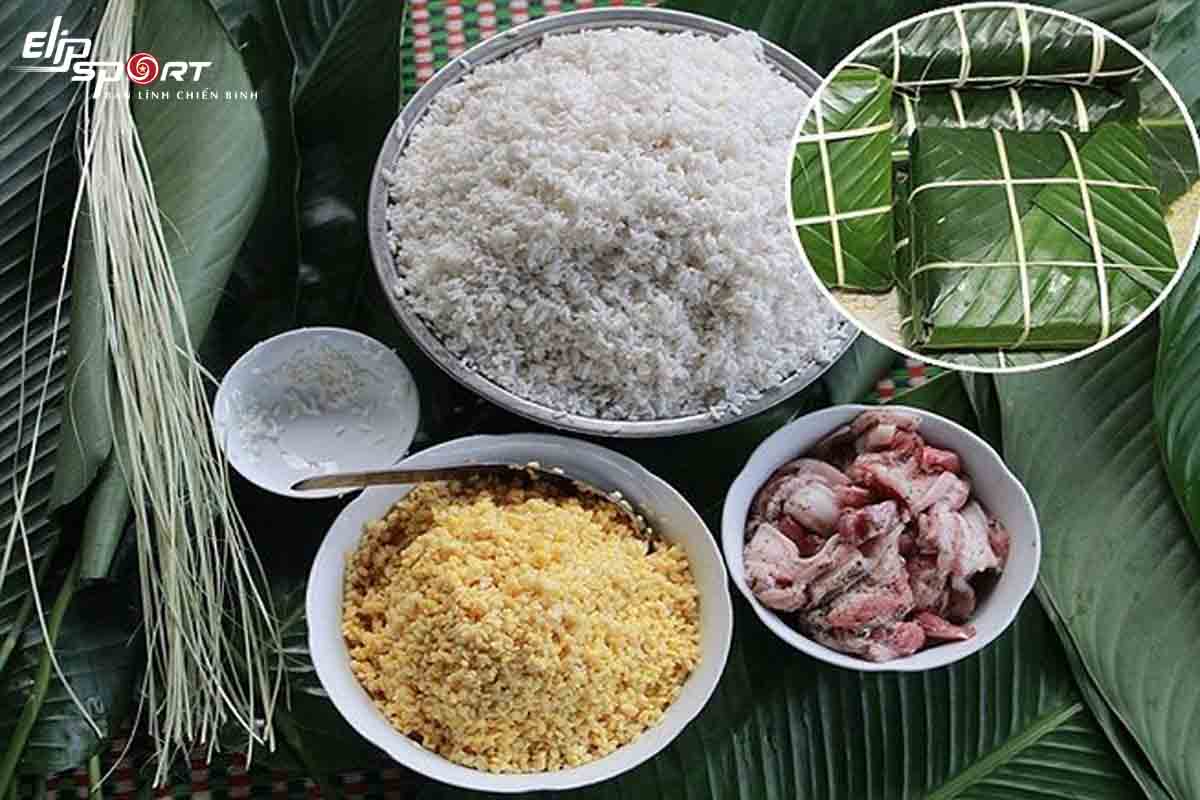No products in the cart.
[Công Thức Nấu Zundamochi Bánh Nếp Zundamochi Nhật Bản, Nguyên Liệu] Zundamochi là một loại bánh mochi truyền thống của Nhật Bản, được làm từ gạo nếp và đậu xanh. Bánh có hương vị ngọt ngào, mềm mịn và thơm ngon, thường được dùng trong các lễ hội và dịp đặc biệt ở Nhật Bản. […]

